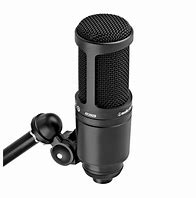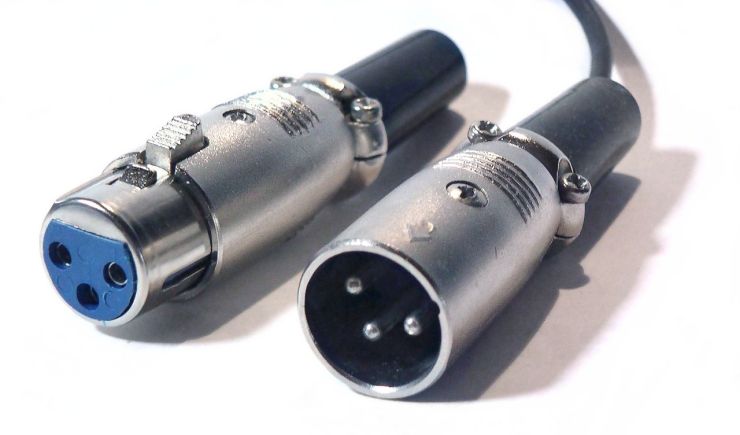Microphones
The built-in microphone on your device may do just fine. But often you'll experience bad sound quality or hum and noise produced by fans or drives in your computer. For best results, I recomend you use a good external microphone.
Cheap mics with the small pin connector that plugs into the little microphone jack on your computer may eliminate the noise problem but won't produce great sound quality. Good USB or XLR mics are available from $30 to $100. Of course mics for high quality music productions can cost a lot more.
Condenser or Dynamic
Most mics used for performance are either "condenser" mics or "dynamic" mics. The dynamic mic is very good for voice only. Condenser mics have a broader coverage and can be farther from your face. So they are especially good if you are trying to capture both voice and guitar with a single mic.
USB microphones
If you expect to use a single microphone for zoom recording, USB microphones are the simplest to use. You just plug it in to the computer.
Here are some USB mics that I have used and can recommend. The Audio Technica AT2020 has served me the best.
- Snowball ice USB Microphone ($50)
https://www.bluedesigns.com/products/snowball-ice/
https://www.amazon.com/Blue-Snowball-Condenser-Microphone-Cardioid/dp/B014PYGTUQ - CAD Audio U37 ($80)
https://www.cadaudio.com/products/product-application/u37
https://www.amazon.com/CAD-Studio-Condenser-Recording-Microphone/dp/B001AIQGUO - Audio-Technica AT2020 ($100)
https://www.audio-technica.com/cms/wired_mics/5879a6ca22e5aa7e/index.html
https://www.amazon.com/Audio-Technica-AT2020-Cardioid-Condenser-Microphone/dp/B0006H92QK

Audio-Technica AT2020
USB Condenser mic
If you want to use multiple mics, such as one for your voice and another for your musical instrument, you can mix multiple USB audio sources using the 'VoiceMeeter' application. See this article if you are interested in exploring this further: https://youtu.be/lAwtXlmPokI?si=pi1Tl5ts3VFl70uA
However, a simpler and more effective solution may be to employ XLR microphones with an audio interface device.
XLR microphones
XLR is the most common connector standard for music and video production as well as performance. Many microphones, such as the highly regarded Audio-Technica AT2020, come in both USB and XLR models.
The XLR connection has serveral advantages and is the most common standard for studio and stage production. XLR cables can be much longer than the cables used with USB mics. So if you plan to use your mic on stage, XLR may be your preferred choice.
Audio Interface
To connect an XLR mic to your computer over USB you will need an audio interface device. If you have an interface with multiple inputs you can easily plug two or more additional audio sources such as second microphone or a pickup on your instrument. And you will have fine control over volume balance and other factors, depending on the capability of the interface.

XLR Connectors
Chip Bach recommends:
Behringer U-Phoria UMC202HD 2-channel audio interface ($120)
https://www.behringer.com/product.html;jsessionid=E98BACA583FEB97058DDA74C656DC903?modelCode=P0BJZ
https://www.amazon.com/Behringer-UMC202HD-BEHRINGER-U-PHORIA-2-Channel/dp/B00QHURUBE
For more information about these kinds of configurations and about connecting an iPad or iPhone, see Chip's article "Keep on Picking".

Behringer U-Phoria Audio Interface